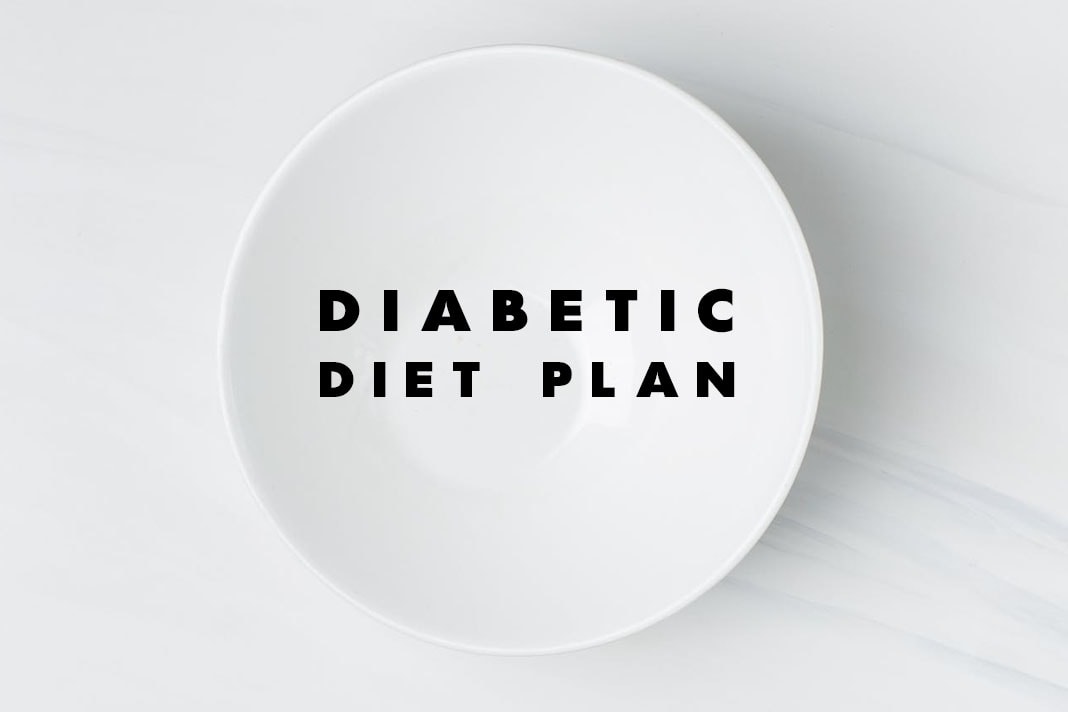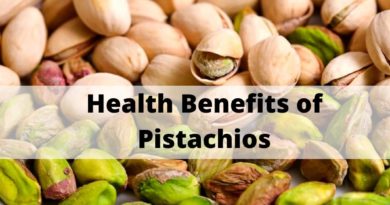Tips for Creating a Healthy Diabetic Diet Plan
Controlling diabetes may seem lifeless, as it suggests deprivation. But no! It means eating in moderation and maintaining the right balance.
Having said this, a few staunch diet tips are mandatory to help you through the phase. These diet tips will not leave you hungry or deprived, but, in fact, will help you keep a count of your carbohydrates.
A diabetes diet involves eating the healthiest foods in moderate amounts and sticking to regular mealtimes. A diabetes diet is rich in nutrients, and it is low in fat and calories. It essentially includes fruits, vegetables, and whole grains.
Table of Contents
Diabetic Plan and Health Benefits
The dietetic plan is often recommended by most dieticians.
Here’s a list of its benefits.
-
It helps you control your blood sugar (glucose), and control heart disease risk factors, such as high blood pressure and high blood fats.
-
When you eat extra calories and fats, it could lead to an undesirable rise in blood glucose levels. If blood glucose is unstable, it could lead to a high blood glucose level (hyperglycemia).
You can opt for healthy food choices.
For type 2 diabetes, it is easier to control blood glucose by weight loss. If you need to lose weight, a specialized diabetic diet will provide the best way to reach your goal safely.
A diabetes diet includes eating three meals a day at regular intervals. This helps you use the insulin that your body produces.
A registered dietitian will help you choose the health goals, tastes, and lifestyle, assist you in improving your eating habits, such as choosing portion sizes that suit the needs for your size and activity level.
Read: Diet to Lose Weight Fast
Recommended Foods
You must choose healthy carbohydrates, fiber-rich foods, fish, and good- fats.
Grains and Starchy Vegs
Whole grains, and oatmeal, are good sources of fiber; They have a low glycemic load which makes them good food options. Dietary fiber includes plant foods. Fiber helps .
Whole grains have less impact on blood sugars because of the lower glycemic loads. You must choose whole grains that are still in their grain forms, for instance, brown rice, and quinoa.
(DASH) plan for Diabetes
The DASH plan effectively helps reduce the risk of other diseases, including Diabetes. It boasts of other additional benefits including weight. In a DASH plan, you must reduce portion sizes and eat foods rich in blood pressure-lowering nutrients, such as potassium, calcium, and magnesium.
The DASH eating plan includes:
- Dairy: fat-free or low-fat dairy products
- plant-based foods: vegetables, fruits, beans, nuts, seeds
- Lean protein: fish, poultry
- Grains: whole grains
- Healthy fats: vegetable oils
Here’s A Sample Menu
The following menu provides 1,200 to 1,600 calories, per day.
-
Breakfast: Take a whole-wheat bread (1 medium slice) along with 2 teaspoons jelly, 1/2 cup shredded wheat cereal with a cup of low-fat milk, and a hot cup of coffee.
-
Lunch: Have a beef sandwich with lettuce, low-fat American cheese, tomato and mayonnaise, and a medium apple
-
Dinner: Salmon, small baked potato, 1/2 cup carrots, 1/2 cup green beans, unsweetened iced tea, milk
Opt for whole grains, lean protein, healthy fats, vegetables, fruits, and calcium-rich dairy food group, as they can meet all of your vitamins and minerals requirements.
There is no special “diabetic” food. All you need to do is include diet foods made with sugar substitutes to help keep blood sugar levels stable. A healthy and well-balanced diet is the key!
Foods That You Must Avoid
Diabetes increases your risk of heart disease by accelerating the development of clogged and hardened arteries. Foods containing the following can work against your goal of a heart-healthy diet.
-
Saturated fats: Avoid high-fat dairy products and animal proteins such as butter, and bacon.
-
Trans fats: Avoid trans fats.
-
Cholesterol: Animal proteins, egg yolks, liver, and other organ meats contain cholesterol. Do not have 200 milligrams (mg) of cholesterol a day.
-
Sodium: Have less than 2,300 mg of sodium a day.
Putting it All Together
With a dietitian’s help, you may realize that one or a combination of the following methods will work for you.
You can also try the sample mentioned below
Diet planning is more about making smart choices that work for your personal daily life and tastes. Just get the basics down and you’ll be a pro in no time. Apart from managing your diabetes, a diabetes diet definitely offers other benefits, too. A diabetes diet recommends surplus amounts of fruits, vegetables, and fibers. Adherence to it will help you reduce your risks of cardiovascular diseases. It can reduce your risk of low bone mass in the future. Use these diet tips when you wish to whip something up. Keep these tips in mind when you dine out, too, are you are healthy-to-go!




